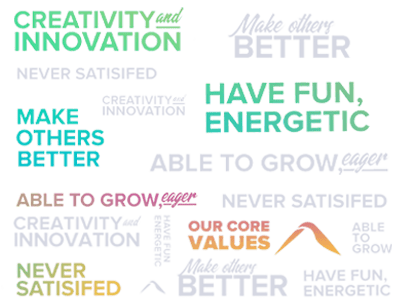In the past, long wait times, high call volumes, and high turnover contributed to the idea that call centers must be unpleasant experiences, for both customers and employees. And that unfortunate stigma has been cemented into popular culture—ask almost anyone about a call center and you’ll likely encounter a negative reaction.
Download our free guide to discover how call center technology is evolving.
Introduction
Today’s call centers are dynamic and evolving places, and the picture painted above is a relic of the past. Today’s call centers are much different than they were, and there are probably more than a few things you didn’t know about the call centers of the present.
1. Goodbye Scripts, Hello Personalization
One of the worst things about call centers was the scripted responses that customers received from representatives. It wasn’t uncommon for frustrated customers to simply hang up, upset that their problem had yet to be resolved. Sometimes, it would take two or three calls to finally resolve a problem. Responses seemed mechanical, and customers often complained that representatives did not seem to consider or care about the customer’s unique circumstances.
Today’s call center services have recognized the problems caused by scripts, and these kinds of robotic responses have largely been abandoned in favor of a more personalized and compassionate way of handling customer complaints and issues. Representatives are trained to actively listen and interact more deeply with customers. Call center services focus on making the customer feel valued and appreciated. That makes for satisfied customers!
2. On-Call 24/7
Many customers were once frustrated by the fact they had to call during a particular timeframe, say, 8 am to 5 pm EST, Monday to Friday. That caused problems for people living in different time zones. It also frustrated many people living in the same time zone because they’d be asked to call during the period of time they were at work and, since calls could sometimes become lengthy as they waited for a customer service rep, this often necessitated using their lunch hour. Even then, your issue may not have been resolved, and you’d need to try again.
Today’s call center services can be provided 24/7, which means anyone in the world can call about a problem at any time that’s convenient for them. If a customer has an issue crop up on the weekend or the middle of the night, no problem! If the customer finds it more convenient to call in the evening, they can. Providing customers with convenience and ease is yet another way today’s call centers have evolved to provide better customer service.
3. Chat, Text, Call, Email
The term “call center” implies that you must pick up the phone and make a call. While that might have been true in the past, nothing could be further from the truth for today’s call center services. Today, call centers process customer contact through multiple channels, including email, text, instant messaging, and even social media such as Twitter, in addition to the more traditional phone call.
This is yet another way that call center services make it easier than ever for your customers to get in touch with a customer service rep, and it makes it simpler to achieve deep customer interaction and provide personalized service. If a customer doesn’t have time to make a call, they can fire off a text message, a tweet, or an email, and they can respond to your reply when it’s convenient for them. That allows everyone to get on with their busy lives instead of being tied up on the phone trying to resolve an issue.
4. The Cloud Is Transforming Service
If you’ve ever used Google Docs or Dropbox, you’ve experienced cloud computing. As businesses adopt this technology in ever-greater numbers, the capabilities of the cloud are being revealed. One thing that the cloud does effectively is align call center services under a single umbrella. That allows companies to streamline their services—and helps them manage their costs more effectively.
10 Questions to Ask Instead of Attrition




